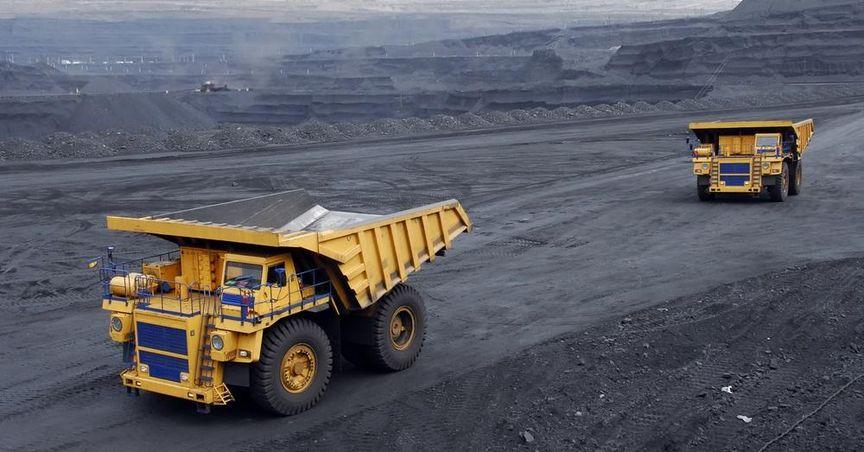Highlights:
- Chalice Mining's metallurgical test work indicates two commercially viable concentrates can be produced from low-grade composites at the Gonneville project.
- The new findings significantly reduce costs and technical risks by avoiding the need for a hydrometallurgical process.
- Optimisations in the process have lowered reagent consumption and operating costs, with further improvements expected.
Chalice Mining's Gonneville Project: A Significant Metallurgical Advancement
Chalice Mining (ASX:CHN) has achieved a major metallurgical breakthrough with its Gonneville project, located in Western Australia. This project, which hosts a variety of valuable metals, including platinum group elements (PGEs), nickel (Ni), copper (Cu), and cobalt (Co), has seen recent advancements that could significantly impact the overall development timeline and cost structure of the operation.
The results of the metallurgical test work suggest that two commercially viable concentrates can now be produced from low-grade composites across the entire Gonneville resource. The two new concentrates include a Cu-PGE-Au concentrate, which boasts impressive grades of 22-26% Cu and 45-60 grams per tonne (g/t) of 3E (platinum, palladium, and gold), and a Ni-Co-PGE concentrate with 7.5-8.7% Ni, 0.8% Co, and 18-20 g/t of 3E. These breakthroughs mark a pivotal development in the resource’s potential, especially given that these concentrates offer a clear path to commercialization.
A critical aspect of this development is the avoidance of the complex and costly hydrometallurgical processes typically required for such ore. For the Gonneville project, this is especially relevant for the nickel concentrate, as the need for such a hydrometallurgical process will be completely bypassed. This simplification of the flowsheet significantly reduces both technical risks and overall costs for the project. The simplification also offers a smoother and more rapid pathway to project development.
Moreover, recent work has shown that conventional Carbon-in-Leach (CIL) leaching methods can be employed to recover additional palladium and gold from flotation tails. This additional recovery has the potential to enhance the overall value of the project, and optimisations in this area have already led to a notable reduction in reagent consumption and operational costs when compared to the 2023 Scoping Study.
These developments come as part of the prefeasibility study for the Gonneville project, which is expected to be completed by mid-2025. Managing Director and CEO Alex Dorsch expressed optimism about the results, calling the ability to produce a saleable nickel concentrate across the entire resource a "major breakthrough" for the company. This breakthrough is expected to simplify the overall Gonneville project and significantly improve its margins, both for high-grade and low-grade phases of the bulk open-pit mine plan.
Dorsch also highlighted that the simplification of the flowsheet comes with a lower risk profile, offering a more efficient and reliable development process. The results provide confidence in the project’s future, with the expectation that this will pave the way for more streamlined development and operational success. The combination of lower capital and operating costs, coupled with optimisations that improve project economics, positions the Gonneville project as a highly promising development for Chalice Mining.




